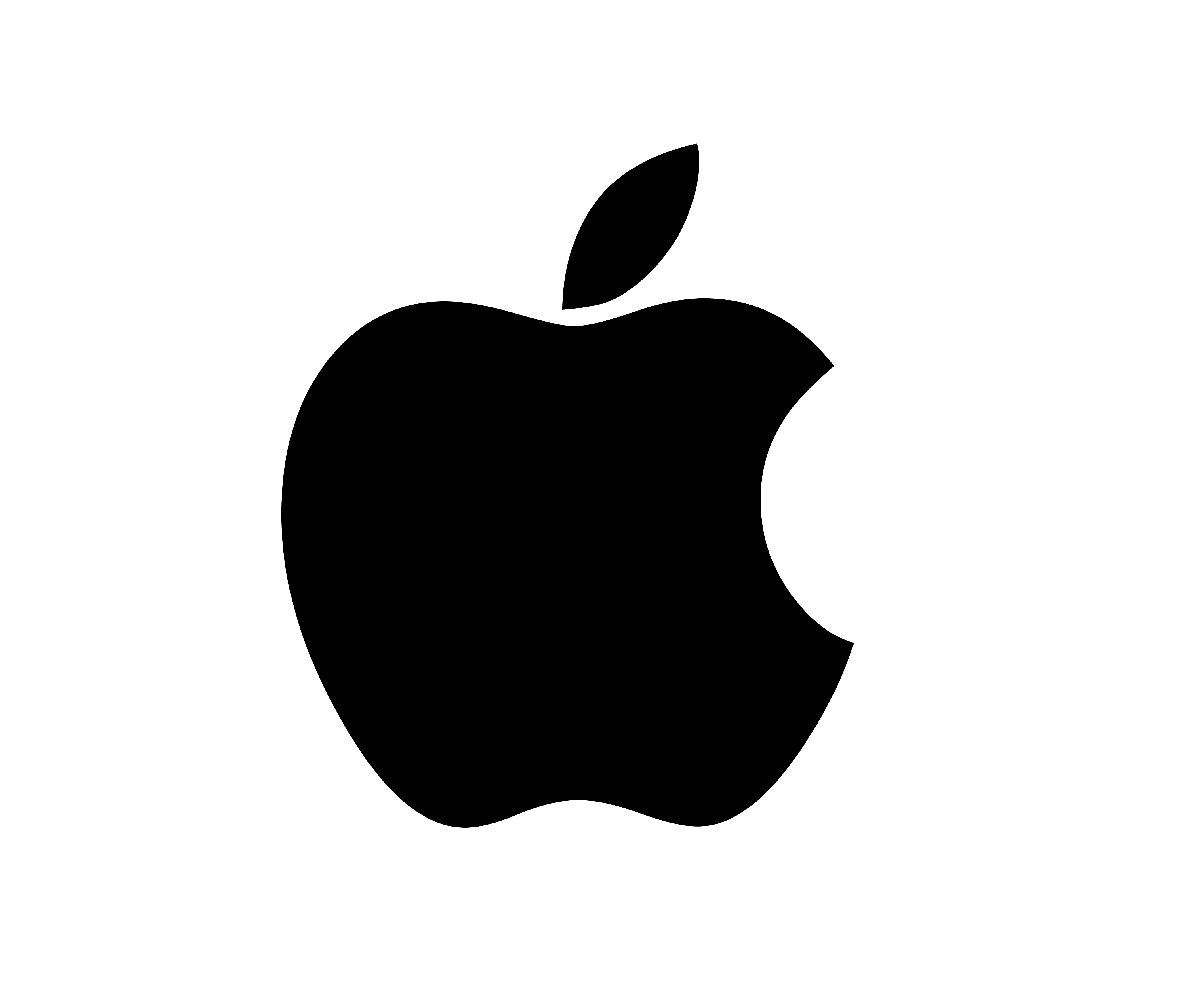Sunny future for cloud computing
Linux, HPC and virtualisation have all lead to the rise of cloud computing, which offers a range of efficiencies to companies willing to set their data free.

The electronic global village is the wider context for Google's wider ambition to serve our data, and the potential of the cloud has barely been tapped. When a user accesses data in the cloud, he or she wants a synthesised form of data that has been processed to answer specific requirements or preferences, just as information on the Net is processed by Google to satisfy our search requests. And this can offer any number of opportunities for merging, sharing and distributing the information that is stored in the cloud.
Needless to say the realities are some way behind the bigger vision. But there are practical examples in the real world. Banks have built worldwide networks for authentication of credit cards where data must be shared across the network, and security is a premium. Airline booking systems operate in a similar way with network access to central storage systems - and most organisations of any size have wide area networks that can be accessed on the move. Cloud computing takes this to another level.
As a proof of concept, HP Labs in Bristol instigated the SE3D project back in 2004 which offered 12 groups of UK animators free access to HP Labs' Maya Rendering Service to produce a 3D short. Participants received Maya licenses and a programme of workshops, public events and industry mentoring. The Maya rendering service offered utility computing across the Net, a prototype for offering rendering as a service for commercial film production companies at vastly reduced cost.
The most famous example of cloud computing at work is given by Amazon's EC2 grid, which was recently rented by The New York Times to create searchable PDFs of four terabytes of data that contained 11 million articles spanning the period from 1851 to 1920. According to Derek Gottfrid of the New York Times, he used 100 Amazon EC2 instances and a Hadoop application to churn "through all 11 million articles in just under 24 hours" and "generated another 1.5TB of data", at a cumulative cost of $US240. Even where cloud computing is not employed for mainstream services it offers otherwise unattainable processing power as a viable option.
The silver lining
Like many innovations in computing, the adoption of cloud computing stumbles over legacy systems and assumptions, and despite the cost savings it offers, is more likely to be taken up in "emerging economies" than in Europe or America.
There are many reasons for this. In so-called developed economies most businesses already have infrastructures in place, dependent upon legacy hardware, software and conventional ways of working. In Southeast Asia, India, China or sub-Saharan Africa, SMEs are less likely to have complex client-server infrastructures in place, and government and research establishments are keen to encourage adoption of technologies that wouldn't otherwise be affordable.
Get the ITPro daily newsletter
Sign up today and you will receive a free copy of our Future Focus 2025 report - the leading guidance on AI, cybersecurity and other IT challenges as per 700+ senior executives
IBM has opened cloud computing centres in places such as China, South Africa and Vietnam, where individuals, communities and businesses can get immediate access to applications that were previously out of reach.
Like other instances of cloud computing, grid computing and/or utility computing, these centres are based on virtualised instances of Linux running on mainframe or blade computers, and can be seen to provide a huge boost to the local economies where they are based.
Get off of my cloud
As beguiling to IT managers the notion of cloud computing may be, but like many ideas that disrupt the current way of doing things, there is some resistance.
You don't necessarily want your data out there, for personal or business reasons. Your personal information, privacy and security may be taken out of your hands. Your personal desktop gives you control, and no-one who has been brought up on Microsoft Windows, virus holes, spam-filled inboxes and "security through obscurity", has much faith in network security. For all kinds of reasons companies are possessive of their data, and often with good reason.
There are issues of licensing and the current availability of applications, and there are also questions of privacy and control. We live in a world where data is being collected in greater and greater volumes, and is increasingly being concentrated into fewer and fewer hands. Google might not want to share your data, but government agencies can go beyond the law to access what they will. Governments and corporations are increasingly obsessed with gathering information about us. In such circumstances who is going to jump onto the cloud? It just won't happen, or so the logic goes - big brother is watching over us from inside the cloud. But this dystopian view probably assumes a much greater degree of centralisation and control than will actually be the case.
The most compelling reason for the adoption of cloud computing in the current climate is that it has the potential to vastly reduce the scale of energy consumption and waste that is a characteristic of the current data centre.
The irony and the value of cloud computing is that it returns us to the world of the mainframe. The difference is that the mobile computer or hand held device we use to put the supercomputer at our fingertips will have more power than a mainframe the size of a warehouse thirty or forty years ago.
-
 CISA issues warning in wake of Oracle cloud credentials leak
CISA issues warning in wake of Oracle cloud credentials leakNews The security agency has published guidance for enterprises at risk
By Ross Kelly
-
 Reports: White House mulling DeepSeek ban amid investigation
Reports: White House mulling DeepSeek ban amid investigationNews Nvidia is caught up in US-China AI battle, but Huang still visits DeepSeek in Beijing
By Nicole Kobie
-
 Microsoft helps protect Amazon rainforest with AI project
Microsoft helps protect Amazon rainforest with AI projectNews Microsoft AI for Good project funds rainforest protection project
By Danny Bradbury
-
 Microsoft’s “moonshot” climate initiative nets 6% carbon reduction
Microsoft’s “moonshot” climate initiative nets 6% carbon reductionNews Executive pay will be partially based on environmental performance in 2021
By Danny Bradbury
-
 Apple pledges to be 100% carbon neutral by 2030
Apple pledges to be 100% carbon neutral by 2030News “Businesses have a profound opportunity to help build a more sustainable future,” said Apple CEO, Tim Cook
By Sarah Brennan
-
 Apple makes $850m solar energy commitment in California
Apple makes $850m solar energy commitment in CaliforniaNews Apple will use solar energy to power retail stores, datacentres and office spaces
By Caroline Donnelly
-
 Apple calls on companies to copy its stance on green issues
Apple calls on companies to copy its stance on green issuesNews Apple has taken out full page ads, urging firms to follow its lead on becoming environmentally friendly
By Kyle Nazario
-
 Apple's green U-turn welcomed by EPEAT
Apple's green U-turn welcomed by EPEATNews Consumer electronics giant admits removing products from environmental registry was a "mistake".
By Caroline Donnelly
-
 Google tops Greenpeace Cool IT list
Google tops Greenpeace Cool IT listNews Greenpeace may be pleased with Google's progress, but the rest of the industry isn't doing enough, according to the pressure group.
By Kellan Howell
-
 Cambridge receives six-figure Google research grant
Cambridge receives six-figure Google research grantNews The search giant today announced funding of $5.7 million for a variety of research projects, with Cambridge the only non-US university to benefit.
By Martin James